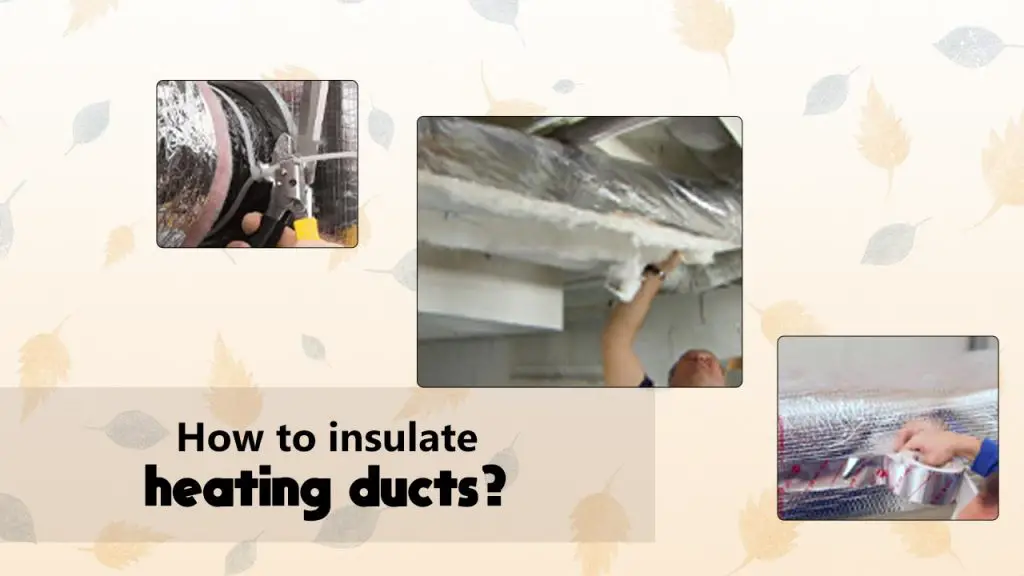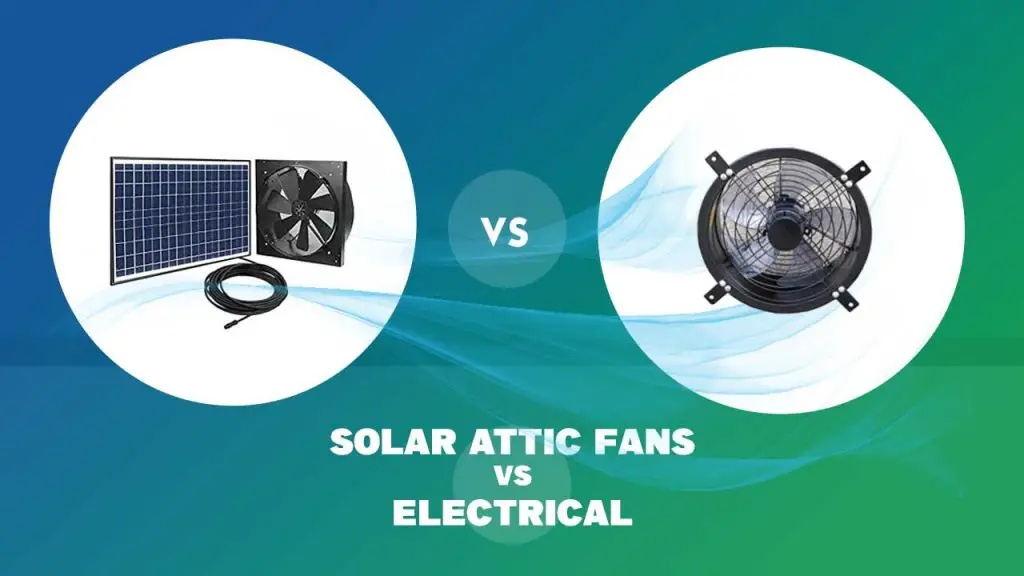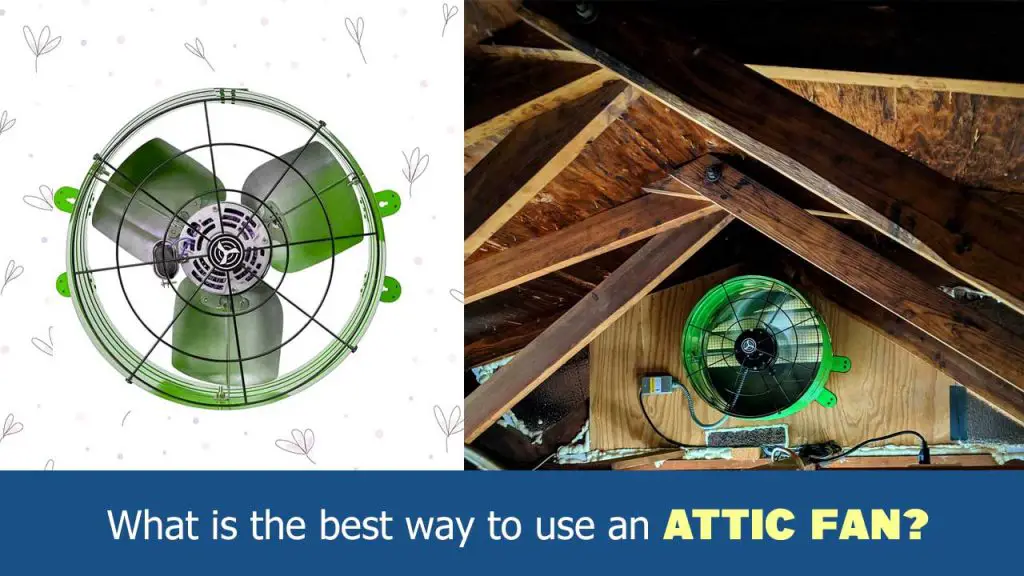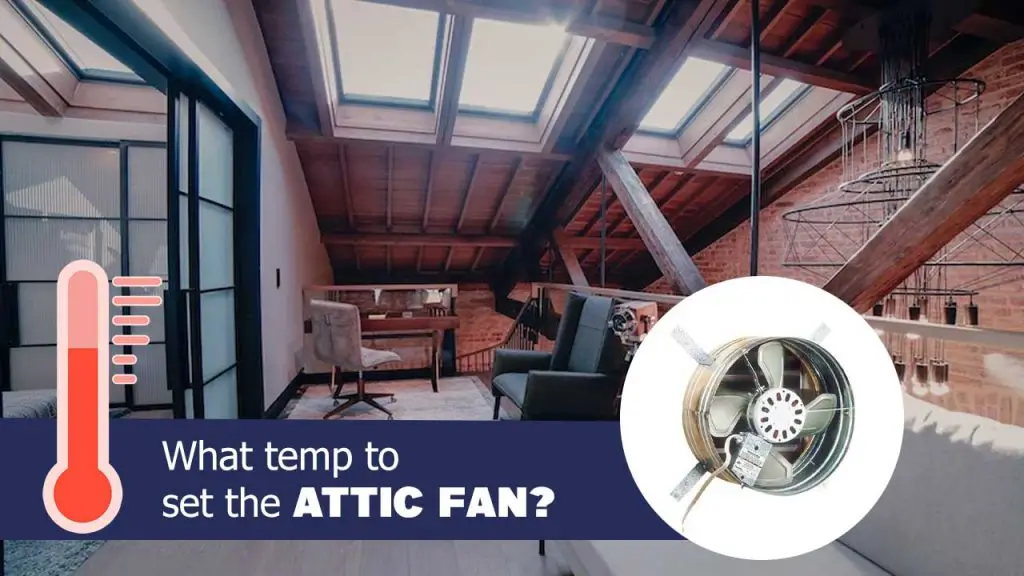If you’re reading this, we’ll assume you already know how important it is to insulate your heating ducts and what it means for your energy bills. For emphasis, you can lose as much as 30% of your building’s heat by refusing to insulate your duct.
This can be due to a number of reasons, including possible air leaks from duct connecting joints, cool air hitting on duct and reducing the heat, or the simple science of heat dissipation due to lack of proper insulation. This, therefore, makes insulating your ductwork a necessity.
Before you get right to it, it’s important to know what type of insulation you should use for heating ducts, and how exactly you need to go about it.
The easier thing to do is to invite an HVAC professional to assess your ductwork and determine what needs to be done before going ahead to do it.
But, if you’re big on DIY and you’re trying to save cost, this is something you can do by yourself. Stay with us while we tell you all there is to know about insulating a heating duct.
Do Heating Ducts Need to Be Insulated?
Yes, heating ducts need to be insulated. Most ductworks are made of very thin material, usually sheet metal or fiberglass, hence, much of the heat traveling through the duct can get lost easily.
Insulation is not a must, but it does provide that extra bit of layer that helps to keep the heat in and ensure the rooms and parts of the building get all the heat from the furnace.
If you’re still wondering why heating ducts need to be insulated, you should consider the important benefit of reduced energy consumption.
Issues like leakage which lead to energy loss, as well as temperature loss can be prevented by insulation. If you place your hand near the supply register and the air feels lukewarm, this may just be the pointer you need that your heating ducts need to be insulated.
Some ductworks run for several meters with turns and bend along the way. The farther the heated air travels, the more likely it is to lose heat, which would force the heating system to work harder and longer and use up more electricity. With proper insulation, this can be avoided.
So, apart from saving you a lot of money on energy bills, the strain on your furnace is also significantly reduced when the duct is properly insulated.
What Type of Insulation Is Used for Heating Ducts?
There are different types of insulation designed for ductwork and the type you choose should be determined by the type of ductwork you have. We’ll examine the two major types here.
1. Fiberglass
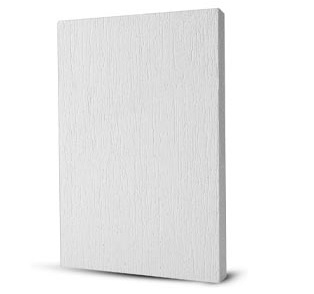
This is the most common ductwork insulation material out there. With R-values ranging from R-4.0 to R-11, it can be rigid or flexible, depending on the type you need.
For clarity, the R-Value of insulation material has to do with its level of thermal resistivity to conductive heat flow.
The higher the value, the higher the insulating effectiveness. Density and thickness are two of the most important factors here.
The fiberglass is used to wrap the ducts, all around while the foil is used to back the outer part of it for more insulation effectiveness. In some cases, you can use more than a single type of fiberglass on one duct system.
Where you have rectangular ducts, rigid fiberglass should be used, with clamps and clasps used to hold the board against the duct. In the end, it is about conserving energy, conserving temperature and achieving acoustic control.
2. Foil-backed adhesive foam
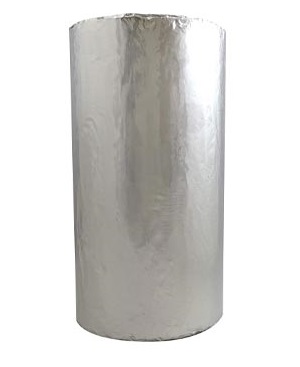
This is one of the easiest to install because it is self-adhesive which holds it in place as it sticks to the duct.
Because of this quality, it can also be used on irregular ductworks.
Although it is good for dampening sound, it is not very effective for insulating heat and may have to be combined with other types of insulation.
For heating ducts, it is best to go for thicker, dense, non-flammable insulation material.
3. Polyethylene Bubbles

This is another ductwork insulation material and while there are quite a number of posts about it, you’ll need to be careful if you must use this for heating ductwork.
It is best used as a secondary material over fiberglass insulation or foam because prolonged contact with heated metal ductwork that’s not lined can cause some problems. Be sure there are at least 2 inches of space between the wrap and the duct to avoid contact.
In fact, we recommend you do not use this type of insulation on a heating metal duct to avoid accidents.
Some insulation types are purchased pre-made, mostly from fiberglass wrapped in foil. If you’re going to be handling the insulation yourself, this is one way to make things easier.
How Do You Insulate Heating Ducts?
Required Items
To insulate your duct, you’ll need some tools and materials as listed below.
- Thermal insulation
- Foil tape
- Duct mastic (duct sealant)
- Utility knife
- Carpenter’s square
- Dust mask, and
- Goggles
Procedure (Step by Step)
Once you have your materials ready, and you’ve chosen the type of insulation you need, you can get down to business. It is best to select insulation with an R-value of 6 and above. Heating ducts are mostly installed in attics, crawlspaces, or ceilings.
Here’s a simple step-by-step guide to help with insulating your heating duct.

- Check the ductwork, especially bends, joints and connections for leaks, tears, gaps or cracks, and make sure you seal them off using the mastic. It’s important to ensure the duct itself is in perfect condition and not grafting.
- Wear protective masks, clothing a goggles, especially if you’ll be working with fiberglass insulation.
- Ensure the surface is dry and clean.
- If there’s existing insulation, check to see if it’s in a good condition. That will determine if you should simply wrap the new one around it or replace it altogether.
- Measure and cut the insulation to the proper size using the utility blade and carpenter’s square. Then attach the insulation at the seams, try not to compress the fiberglass too much. Cut out small pieces of foil tape and use them to hold the insulation in place.
- Use longer pieces of foil tape to seal all seams and other exposed ends and spots of the insulation. Be sure there are no gaps for air to escape.
Important Points to Note Before Insulating Heating Duct
1. Duct type and shape
In case you have a rectangular duct, sometimes called sheet metal duct, you’ll need to be wary because these sorts of duct are cheap and hence prone to leaks.
You’ll need to take care of those leakages before insulation can begin. Measure the sides properly to ascertain how much insulation material you’ll need. Leave some room for edges and cramped places.
Cut the material to size using the utility knife, wrap it around the duct, pinch the seams closed, and secure those seams with foil tapes or even mechanical fasteners.
For flexible ducts, they should already be insulated with fiberglass covering the bendable plastic and wire coil, so another insulation may not be necessary.
2. Duct length and bends
It is important to note that the longer the duct and the higher the number of bends, the more materials you’ll need. The cost of installation will certainly be higher.
To insulate elbows, clean and dry the area properly, measure the girth from top to bottom, then measure the insulation and cut to size. With the foil part on the outside, wrap the insulation around the duct using one hand, while you use the other hand to apply tapes.
3. Climate
The climate in your area is another very vital consideration when insulating your heating duct. In very harsh winter regions, a lot of heat is required, hence, your ductwork must be adequately insulated with very thick insulation.
The more extreme the climate is, the thicker the insulation should be. You should consider adding up to 3 inches and more of insulation if you live in such areas. That should give you an R-value of 8.0 and beyond.
Final Words:
It is clear that if you want the best out of your furnace and ductwork, insulating your heating ducts is one of the best things you can do to conserve energy and enhance heating in your home.
We always advise that you call in the professionals for things like this, but if you’re feeling up to it, this simple but detailed guide was prepared just for you.
If you follow it diligently, you shouldn’t have a problem insulating your heating ducts, whether it’s a tubular, rectangular or flexible ductwork you have installed in your building.
| Photo | Title | Buy |
|---|---|---|

|
LEVOIT Air Purifier for Home & Bedroom - For Allergies and Pets Hair | Check Price On Amazon |

|
BREEZOME 60 OZ Quiet Dehumidifiers for Home, Dual-Semiconductor | Check Price On Amazon |

|
AquaOasis™ Cool Mist Quiet Ultrasonic Humidifier for Bedroom & Large room | Check Price On Amazon |

|
43.3'' Portable Air Conditioners, 3-IN-1 Evaporative Air Cooler w/Remote | Check Price On Amazon |

|
BlueDri BD-AS-550-BL Negative Machine Airbourne Cleaner HEPA Air Scrubber | Check Price On Amazon |

|
Space Heater, VCK 24" 12ft/s Fast Quiet Heating Portable Electric Heater | Check Price On Amazon |
